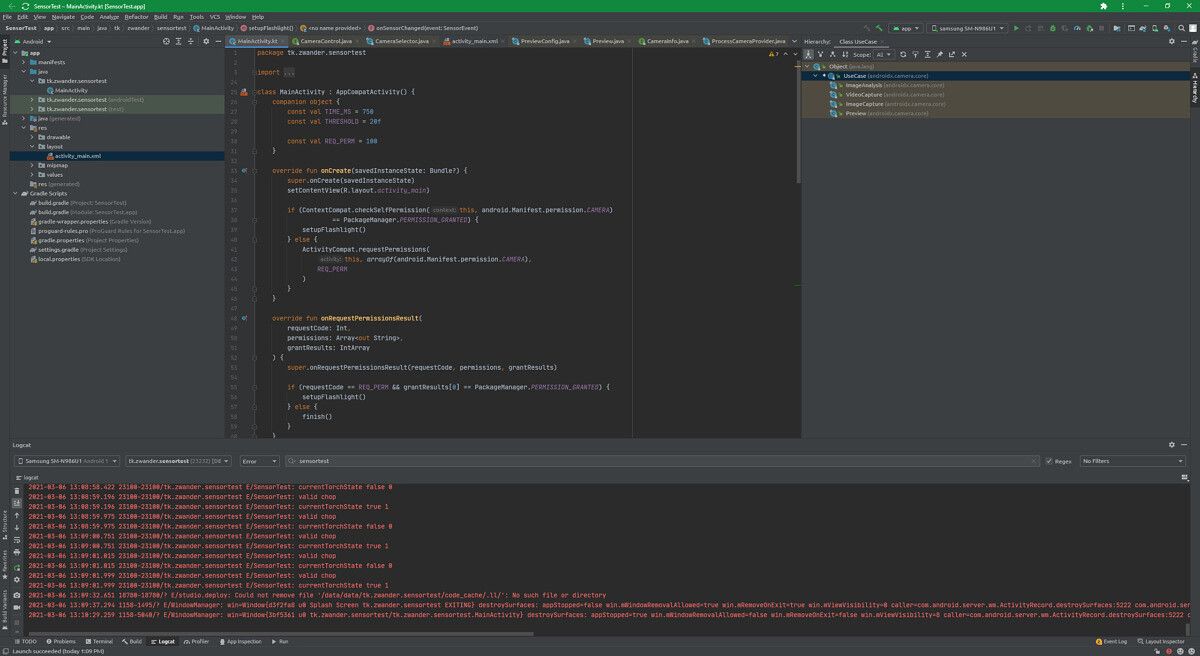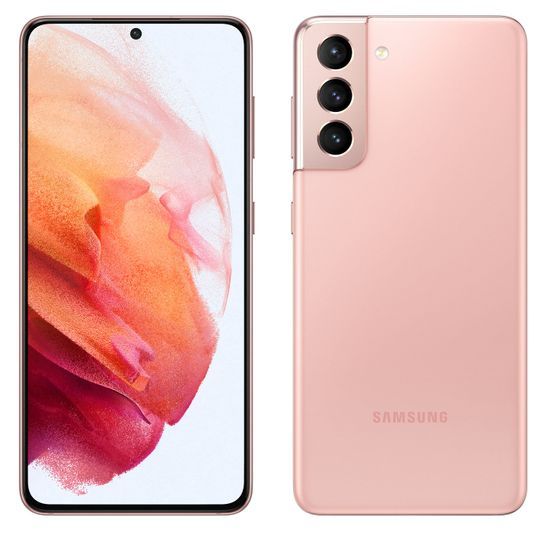Over the past several weeks, we’ve seen plenty of leaks and rumors about the upcoming OnePlus 9 series. While the leaks have revealed quite a lot about OnePlus’ next-gen flagships, there are still quite a few things that we don’t know about the OnePlus 9, OnePlus 9 Pro, and OnePlus 9R/Lite. However, we won’t have to wait too long to learn these details, as OnePlus has now officially announced that it will be unveiling the devices in just a few weeks.
OnePlus has confirmed that it will lift the covers off the OnePlus 9 series on March 23rd. The new devices will be launched at 10:00 AM EDT, 14:00 PM GMT, and 19:30 PM IST. Along with the launch announcement, OnePlus has finally confirmed that it has partnered with Hasselblad to develop the camera system on the devices. The company has revealed that it plans to invest over USD 150 million over the next three years to further enhance its mobile imaging capabilities in partnership with Hasselblad. This means that we can expect to see a Hasselblad-branded camera system on future OnePlus devices as well.

Talking about the partnership, the company’s Founder and CEO, Pete Lau, said, “OnePlus has always prioritized a premium user experience over everything else. Beginning in 2021, we are making a concerted effort to significantly improve the smartphone camera experience for our users, with the expertise of a truly legendary partner in Hasselblad. With OnePlus’ top-of-the-line hardware and computational photography and Hasselblad’s rich aesthetic knowledge in traditional photography, I am confident that the OnePlus 9 Series will be a major leap forward in our ability to deliver a premium, flagship camera.”
As part of the partnership, OnePlus will work with Hasselblad on various camera improvements. The two companies are currently working on software optimizations, like color tuning and sensor calibration, and they plan to extend to more dimensions in the future. The results of the partnership will be evident on the upcoming OnePlus 9 series, which will feature a new color solution, called Natural Color Calibration with Hasselblad. OnePlus claims that this color solution will result in more perceptually accurate and natural-looking colors to photos taken with OnePlus flagship cameras. It will also serve as OnePlus’ new standard for color calibration for its future smartphone cameras.
Along with the new color calibration profile, the OnePlus 9 series will come with a new Hasselblad Pro Mode. The new mode will bring class-leading sensor calibration to a smartphone for the first time, and OnePlus claims that it will result in “incredibly accurate and natural color for a solid foundation for post-editing.” The new Hasselblad Pro Mode will also feature a bunch of UI changes based on Hasselblad’s image processing software that will give users an authentic Hasselblad look and feel. Furthermore, the mode will provide an unprecedented amount of control for professional photographers, allowing them to adjust ISO, focus, exposure times, white balance, and more. It will also feature a 12-bit RAW format for richer color and higher dynamic range.

Over the next three years, OnePlus plans to bring several more camera improvements to its devices in partnership with Hasselblad. To that end, the company will develop four major research and development labs around the world, including two innovative labs based in the US and Japan. It will also pioneer “new areas of smartphone imaging technology for future OnePlus camera systems, such as panoramic camera with a 14-degree field of view, T-lens technology for lightning-fast focus in the front-facing camera, and a freeform lens — to be the first introduced on the OnePlus 9 Series — that practically eliminates edge distortion in ultra-wide photos.”
Additionally, the company has revealed that the OnePlus 9 series will feature a custom Sony IMX789 sensor for the “largest and most advanced main camera sensor ever on a OnePlus device.” Thanks to 12-bit RAW support, the camera will be up to 64-times more colorful than previous generations, and it will deliver more dynamic and vibrant colors in pictures. It will also give professional photographers more leeway for editing in post. The Hasselblad camera on the device will also offer improved HDR recording, support for 4K 120fps video, and 8K 30fps video
Historically, OnePlus devices have lagged behind the competition on the camera front. So, we’re excited to see if OnePlus finally manages to offer flagship-grade camera performance on the OnePlus 9 series in partnership with Hasselblad. For more details, you can tune into the OnePlus 9 series launch stream, which will kick off on March 23rd on OnePlus’ website.
The post OnePlus 9 series with new Hasselblad camera system to launch on March 23rd appeared first on xda-developers.
from xda-developers https://ift.tt/3c6oPFA
via IFTTT











































